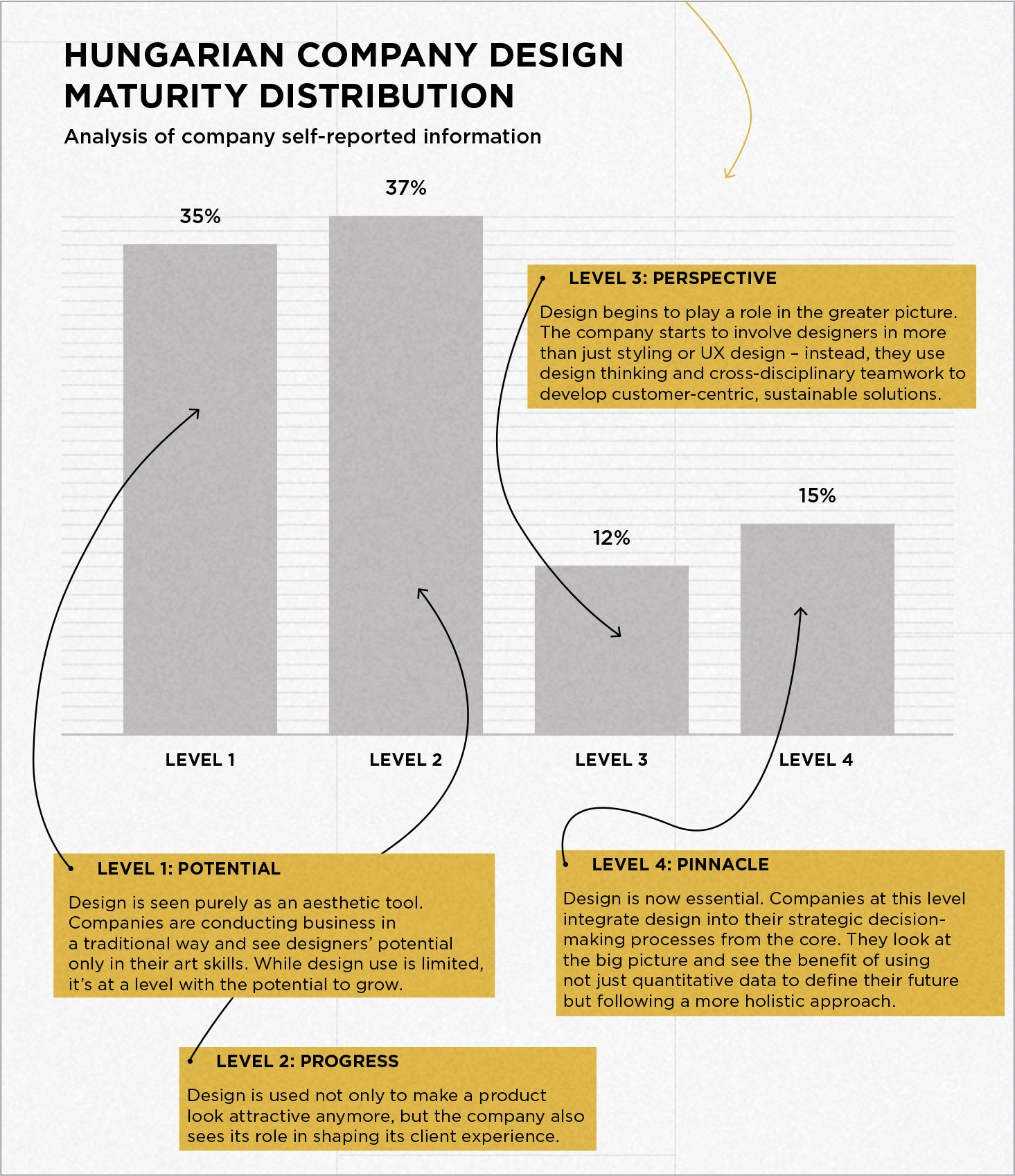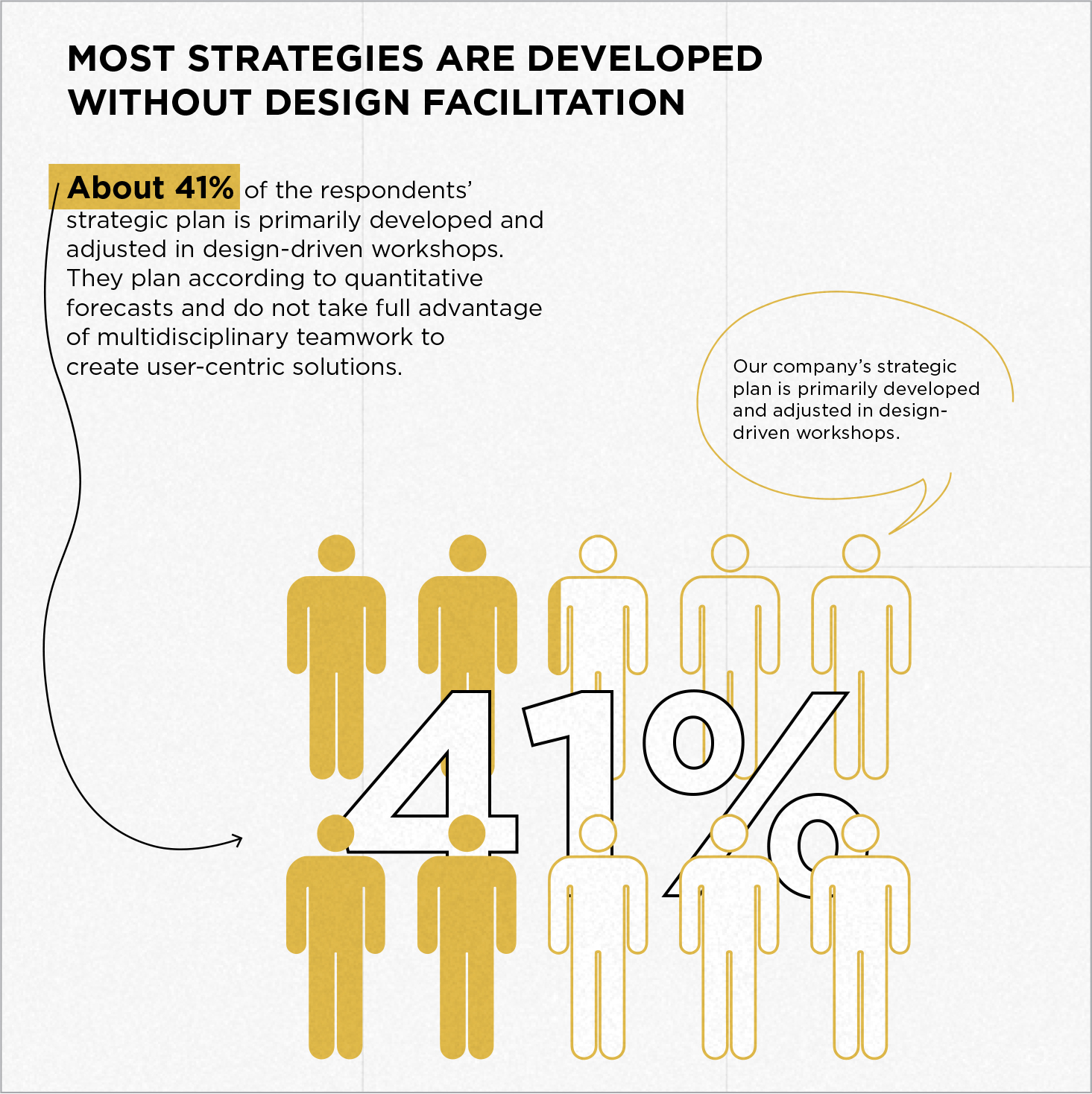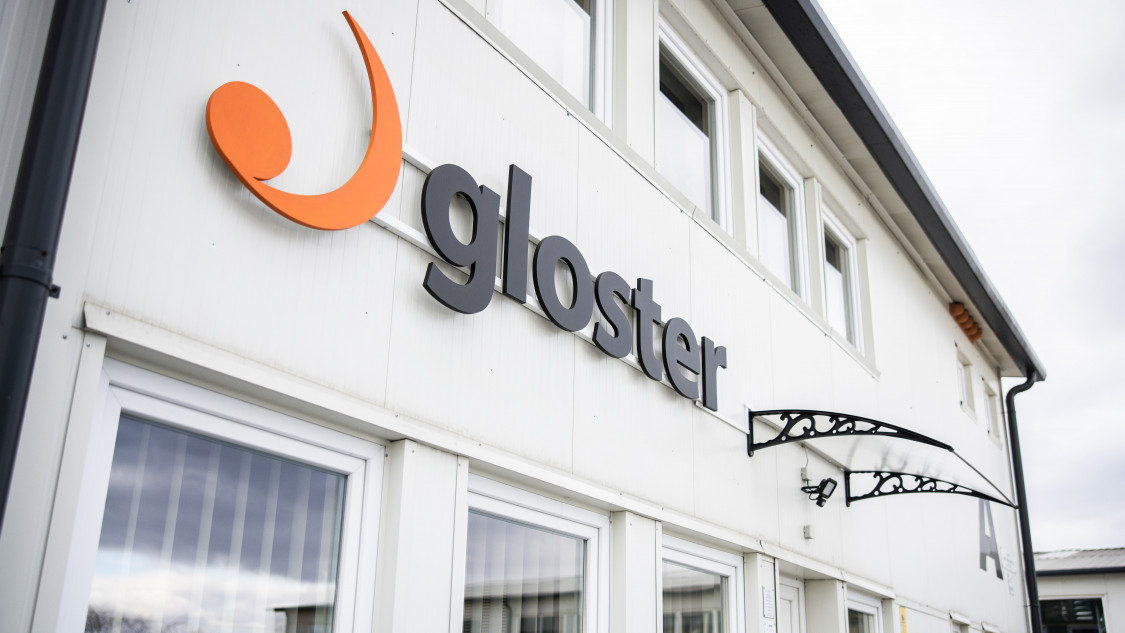Building Better Businesses by Design

An ambitious project to enable Hungary and the Central and Eastern European region to become true design innovators has been launched by the Moholy-Nagy University of Art and Design (MOME) Innovation Center, in part with the help of the Budapest Business Journal.
The project was kicked off in earnest on April 27 with the publication of “Use of Design in Business,” a survey that sought to discover how design-driven Hungarian companies are today.
Welcoming participants to the MOME Innovation Center, Gergely Böszörményi-Nagy, chairman of the university’s foundation board, described guests as a group of pioneers, “a small tribe [...] actively open to innovation and design,” and “ambassadors of sentiment and approach.”
The aim is to “build a significant design hub in Budapest,” he said, but was honest enough to admit that, as yet, awareness of MOME as a brand “is non-existent abroad.” What he envisages is long-term partnerships with business to put local (meaning not just Hungary but also the CEE region) design well and truly on the map.
The survey was pulled together with support from the BBJ, the Hungarian Association of Executives, and the British Chamber of Commerce in Hungary, and the aim is eventually to make it CEE-wide.
Presenting the results, Lasma Ivaska, director of the MOME Innovation Center, said executives from more than 100 companies had been quizzed. About a third were from large corporates, one-third from SMEs, while the remaining third did not identify as either.
From the resultant answers, the MOME team pulled four takeaways. The first of these was that only 15% of companies use design across all operations. On average, more than 50% of respondents said that the person who has overall responsibility for design and customer experience in their organization is part of the senior executive team.

Wanted: CDOs
The Innovation Center had assembled a panel of experts to discuss the results. Interestingly, they were skeptical that any more than 5% of companies currently use design across all operations. Tamás Fogarasy, founder and CEO of Exalt Interactive and soon to be head of the interaction design masters course at MOME said the answers implied companies had a chief design officer, and there simply weren’t that many of those around.
The second take away was that while companies in Hungary understand the importance of design within customer-facing operations, it features much less often in business strategy formation and organizational development processes.
Thirdly, where companies have good experiences employing design, they are much more likely to reinvest in this area, with user experience (UX) often mentioned as an example.
“According to our respondents, the highest priority design investment fields are UX design, service design and, artificial intelligence (AI) design. It is worthwhile to note that among the fields, AI design is the only one where the willingness to invest slightly exceeds the current experience with it.,” the report finds.
An interesting corollary to this is that although investments in design are quite conservative, the survey showed that companies are not as risk-averse as they might seem. “More than 75% of companies invested in research and development, explored news business models, or ventured into new products or services. This shows that the issue is not being afraid of the unknown, but not recognizing the true potential of design,” the report finds.
The final take away is that sustainable design is becoming more important for a higher number of companies, and it can be expected that this will only increase.
Design Addict
Asked to pick one area to improve the uptake of design thinking, Mátyás Dobó, the enterprise business unit director of Vodafone Hungary (who described himself as “a recovering design addict”) said using design strategy is resource intensive, and choosing where to deploy it is never easy for a manager.
“I would be happy if I was better at choosing the right places to improve through design,” he said.
Réka Szűcs, the sustainability and climate change service line leader at Deloitte, said she wanted people to realize sustainability is not about designing the future so much as today and tomorrow.
Fogarasy thought it was important to get as many designers involved in developing strategy as possible, while Judit Kertész, managing partner at Frontira, echoed Dobó’s suggestion that choosing the right problem to solve is crucial, and urged businesses to “think outside-in, not inside out.”
“Use of Design in Business,” which include tips on how to incorporate design better into developing business strategies as well as the findings of the survey, can be downloaded via the QR code.

This article was first published in the Budapest Business Journal print issue of May 6, 2022.
SUPPORT THE BUDAPEST BUSINESS JOURNAL
Producing journalism that is worthy of the name is a costly business. For 27 years, the publishers, editors and reporters of the Budapest Business Journal have striven to bring you business news that works, information that you can trust, that is factual, accurate and presented without fear or favor.
Newspaper organizations across the globe have struggled to find a business model that allows them to continue to excel, without compromising their ability to perform. Most recently, some have experimented with the idea of involving their most important stakeholders, their readers.
We would like to offer that same opportunity to our readers. We would like to invite you to help us deliver the quality business journalism you require. Hit our Support the BBJ button and you can choose the how much and how often you send us your contributions.








